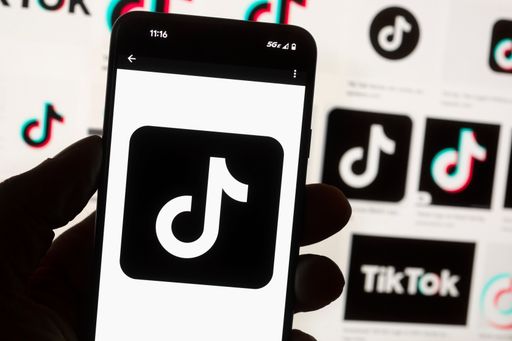Everybody is talking about Raphael Graven this week. The Frenchman who died tragically during a live stream on the Australian platform Kick.
He was known online as "Jean Pormanove" or JP.
Over the course of a 10-day livestream watched by thousands, viewers witnessed scenes of extreme physical and psychological abuse, including beatings, sleep deprivation, and humiliation.
In one of the final moments captured on stream, Graven was seen lying motionless under a sheet while another man threw a plastic bottle at him — a disturbing image that shocked many and raised urgent questions about the limits of what audiences are willing to watch.
His death has sparked intense debate about the dangerous culture of exploitation among livestream and digital creators — a world where the pressure for clicks and views can push individuals to harmful extremes.

Experts warn that the culture of exploitation is not limited to one platform or country — creators worldwide often face immense pressure to push their limits, at the cost of their health and well-being.
Nighat Dad, a digital rights activist and founder of Digital Rights Foundation, a non-governmental organisation working on providing safe online spaces in Pakistan, explains that the rise of livestream culture in Pakistan, spanning gaming, TikTok, talk shows, and informal content, comes with immense pressure for creators to constantly outdo themselves, often at great cost to their physical and mental health.
The livestreamed death of a French creator painfully underscores how vulnerable content creators can be when platforms relentlessly chase engagement, she says
“Stories like that of Twitch streamer ‘Sketch’, who recently faced emotional trauma after leaked personal content, show how exposing someone’s past can push individuals to emotional extremes,” Dad tells TRT World.
She emphasises that platforms must urgently implement safeguards such as mandatory broadcast time limits, wellness check-ins, clearly enforced community standards on harmful stunts or coercion, and accessible mental health support to protect creators from being exploited for views and clicks.
Clinical psychologist and mental health content creator Rabia Najeeb adds a psychological perspective on the toll this pressure takes.
“When you live on the internet as a creator, your nervous system is rarely switched off. The constant pressure to perform and stay relevant and hit numbers pushes people into survival mode,” she explains.

This often leads to sleep deprivation, irregular eating habits, and emotional dysregulation, setting the stage for anxiety, depression, and burnout, Najeeb tells TRT World.
Najeeb highlights how livestream platforms reward extreme and consistent content, pushing creators to blur boundaries to maintain relevance.
In Graven’s tragic case, she notes, he was trapped in a situation of peer-inflicted abuse because such behaviour attracted views and shares.
“Psychologists call this self-objectification — when you start to feel less like a human being with needs and more like a product expected to produce results.”
To counter these risks, Najeeb advises non-negotiable sleep, respect for personal boundaries, healthy rituals, screen time monitoring, and strong social connections, alongside therapy.
“Platforms should also take more notice of such harmful content and intervene,” she stresses.
The urgency of oversight
Dr Daniel Trottier, a media and communication expert at Erasmus University Rotterdam, points out that livestreaming platforms, much like other digital platforms, are fundamentally driven by audience engagement — and profit.
“When there aren’t clear and enforced guidelines, these platforms risk hosting abusive footage that is meant to draw a reaction from the public,” he notes.
He emphasises that accountability must go beyond the platforms themselves, especially in cases like Graven’s that brought in a large following for months. “Audiences should realise they play an active role when they choose to either reward or report these livestreams,” he says.
While platforms must uphold basic content standards, he also stresses the role of media education, community intervention, and legal frameworks such as the EU’s Digital Services Act, which provide oversight and enforcement mechanisms at scale.




















